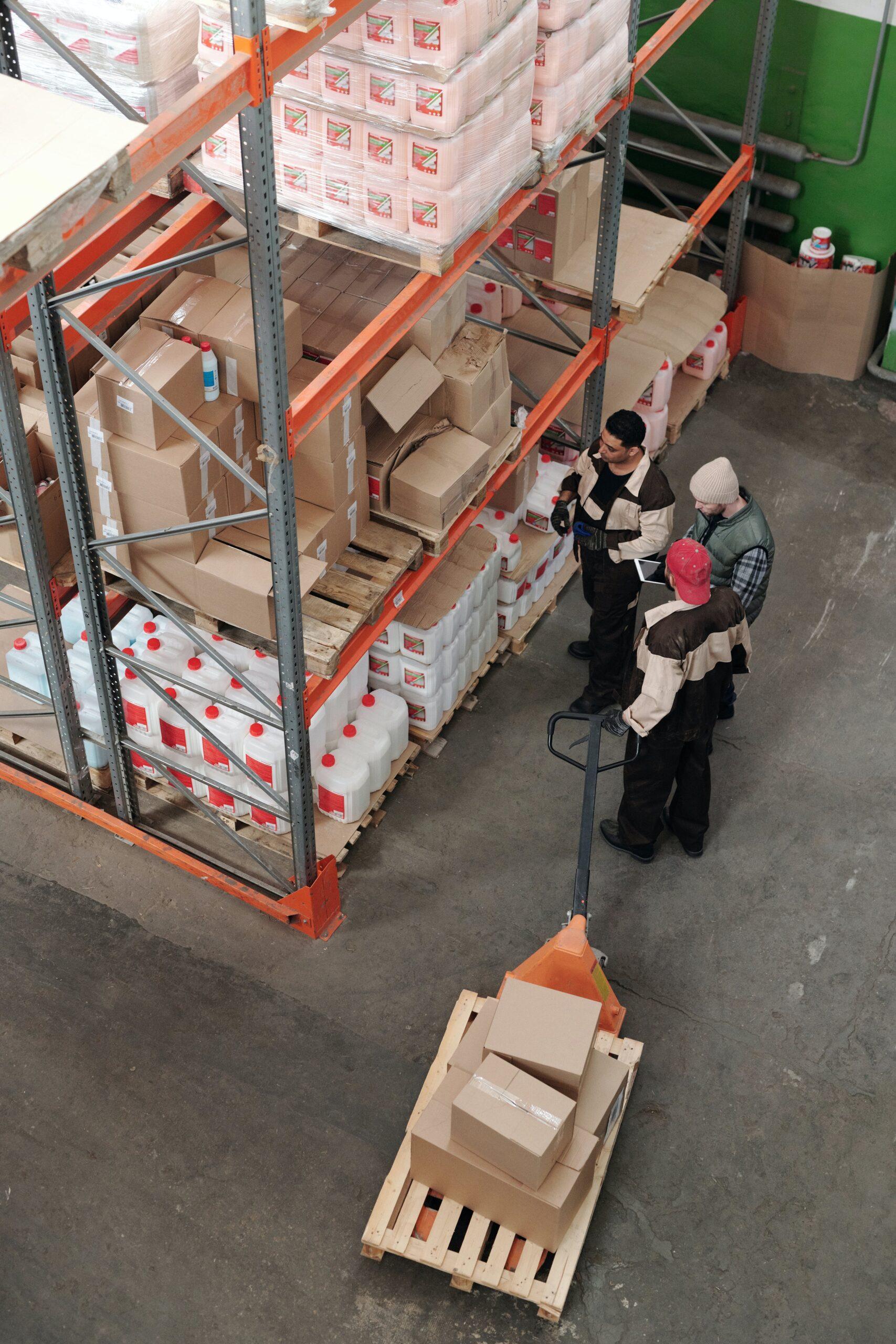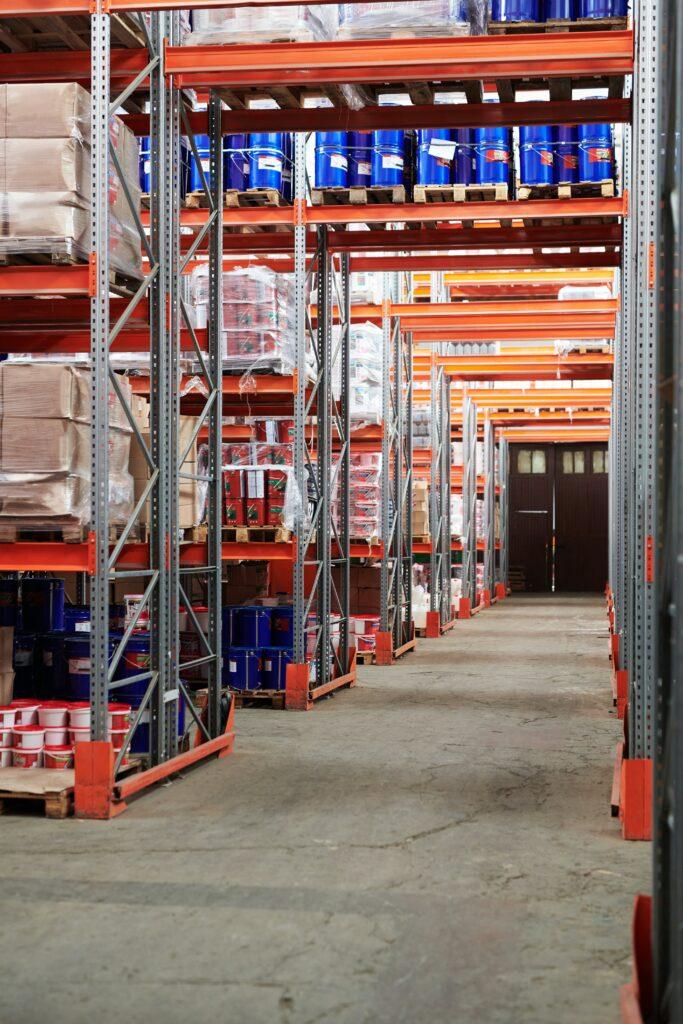Shipping Dangerous Goods: Regulations and Precautions

Shipping Dangerous Goods: Regulations and Precautions
Shipping dangerous goods can be a tricky and sensitive process. It is crucial to follow strict regulations and guidelines to ensure the safety of the goods, the people handling them, and the environment. In this article, we will discuss how to ship dangerous goods safely and effectively.
Understanding the Risks
The first step in shipping dangerous goods is to understand the risks involved. Dangerous goods include anything from chemicals and explosives to biological materials and radioactive substances.
These goods can pose a serious risk to human health, safety, and the environment. Identifying the risks associated with the particular goods being shipped and taking appropriate precautions is essential.

Complying with Regulations
There are strict regulations in place for the shipping of dangerous goods. It is crucial to comply with these regulations to avoid penalties and ensure the safety of everyone involved. The laws vary depending on the type of goods being shipped, the mode of transportation, and the destination.
One of the most critical regulations to consider when shipping dangerous goods is the International Maritime Dangerous Goods (IMDG) Code. This code provides guidelines for the safe transportation of dangerous goods by sea. The IMDG Code covers everything from packaging requirements to labeling and documentation.
Choosing the Right Packaging
Choosing the right packaging is essential when shipping dangerous goods. The packaging must withstand the rigors of transportation and protect the contents from damage or leakage. The packaging must also be designed to contain any spills or leaks that may occur during transport.
For example, if you are shipping ethanol, you must use UN-approved packaging specifically designed for transporting flammable liquids. The packaging must be made of materials compatible with ethanol and capable of withstanding the pressure changes that occur during transportation.
Labeling and Documentation
Proper labeling and documentation are critical when shipping dangerous goods. The labeling must be clear and easy to read and include all the necessary information, such as the contents of the package, the UN number, and any hazard warnings. The documentation must also be accurate and complete and include all the necessary information to transport the goods safely.
Training and Certification
It is essential to ensure that anyone involved in the shipping of dangerous goods has the appropriate training and certification. This includes everyone from the shipper to the carrier to the receiver. The training should cover everything from regulations and guidelines to properly handling and storing dangerous goods.
Emergency Response Planning
Despite all the precautions, accidents can still happen when shipping dangerous goods. It is essential to have an emergency response plan in place to deal with any spills or leaks that may occur. The emergency response plan should include procedures for containing the spill, notifying the appropriate authorities, and providing first aid if necessary.
Conclusion
Shipping dangerous goods can be a complex and challenging process. It is essential to understand the risks involved and comply with the strict regulations and guidelines in place. Choosing the right packaging, labeling and documentation, training and certification, and emergency response planning are all critical components of the safe and effective shipping of dangerous goods.
Source pharmaceutical-grade ethanol and solvents from Simple Solvents. We make sure to ship our products in compliance with all regulations and guidelines for the safe handling and transportation of dangerous goods. Contact us today to learn more about what we offer.
Whether you are shipping ethanol or any other dangerous goods, it is essential to take the necessary precautions to ensure the safety of everyone involved. By following the guidelines and regulations, choosing the right packaging, and having an emergency response plan in place, you can ensure that your dangerous goods are shipped safely and effectively. Reach out to freight@simplesolvents.com with any additional shipping questions or visit www.SimpleSolvents.com
